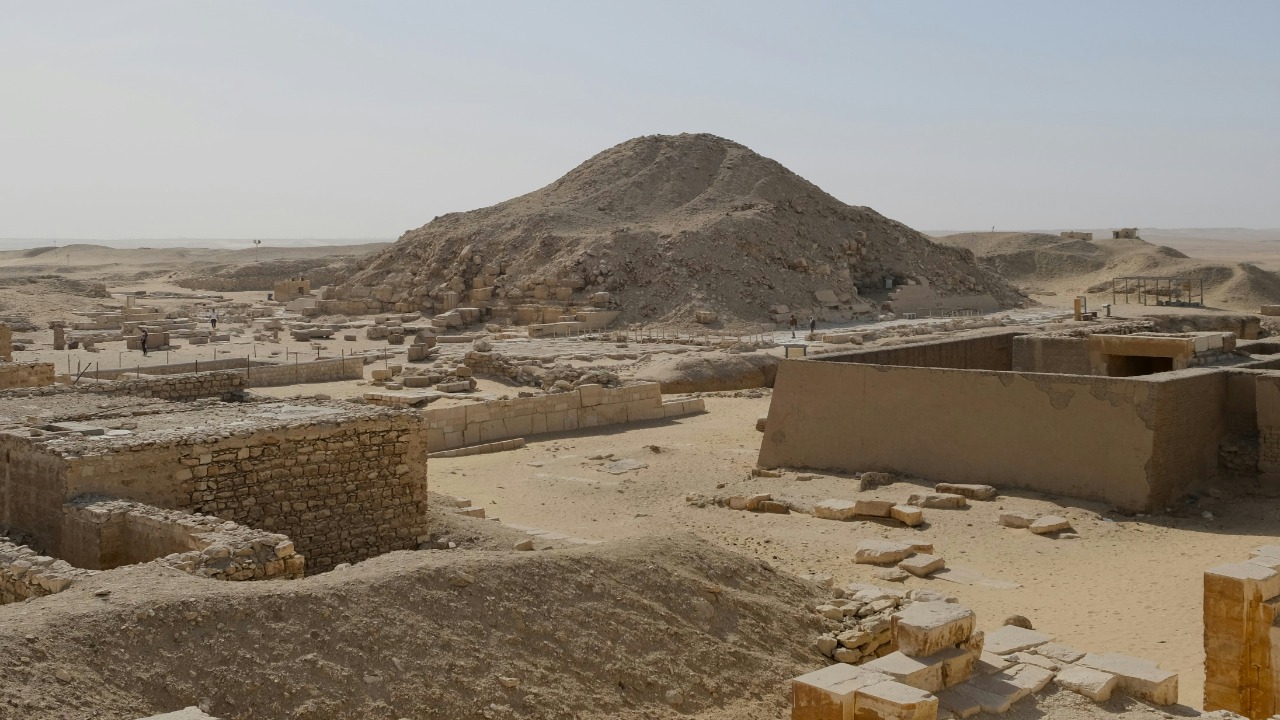
The unearthing of ancient ruins beneath desert sands is a thrilling development in archaeology, offering revolutionary insights into the sophisticated cultures of bygone civilizations.
The Role of Technology in Unearthing Hidden Civilizations
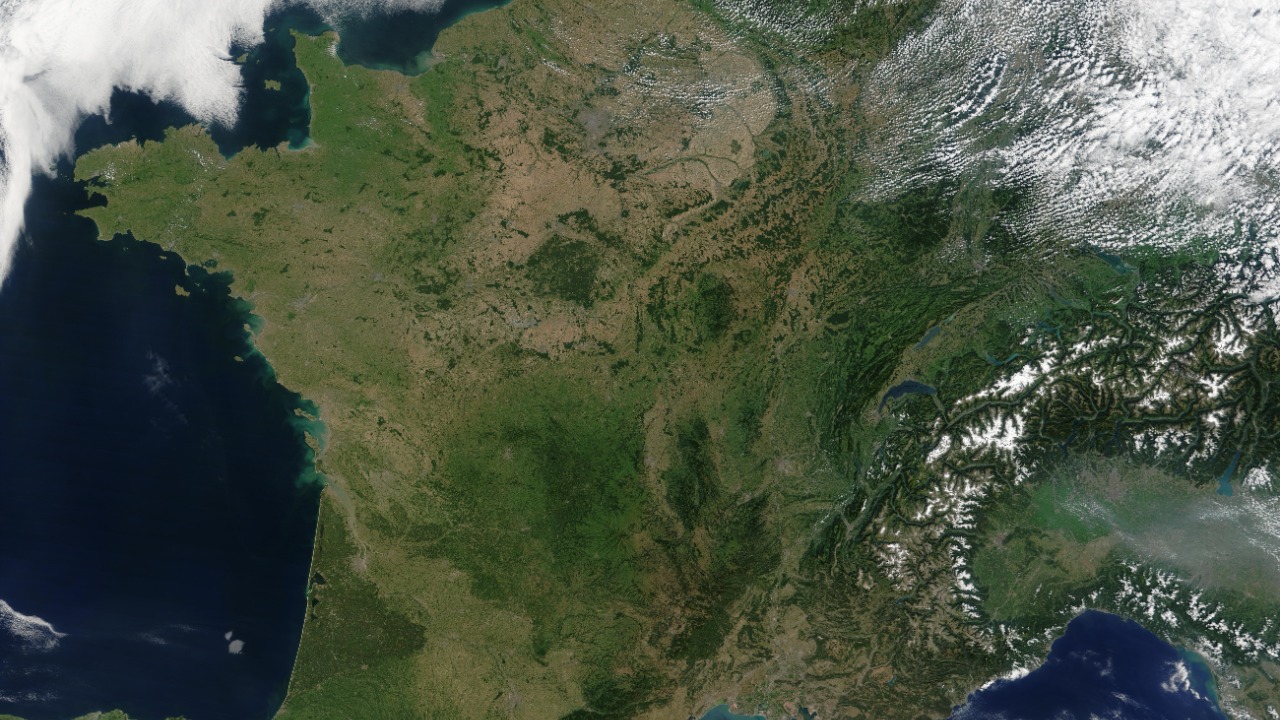
Artificial Intelligence (AI) and satellite imagery are playing a pivotal role in the discovery of lost civilizations. These technologies, capable of penetrating the layers of time and sand, are revealing secrets that have been hidden for millennia. For instance, AI has been instrumental in uncovering a 5,000-year-old civilization beneath the world’s largest deserts.
The potential of these technologies in future archaeological research is immense. They offer the possibility of discovering even more ancient civilizations, providing us with a richer, more nuanced understanding of our past. The use of AI and satellite imagery is not just about finding lost cities or civilizations; it’s about rewriting history and challenging long-held assumptions about our ancestors.
Case Study: The Mysterious Dolphin in Peru Desert
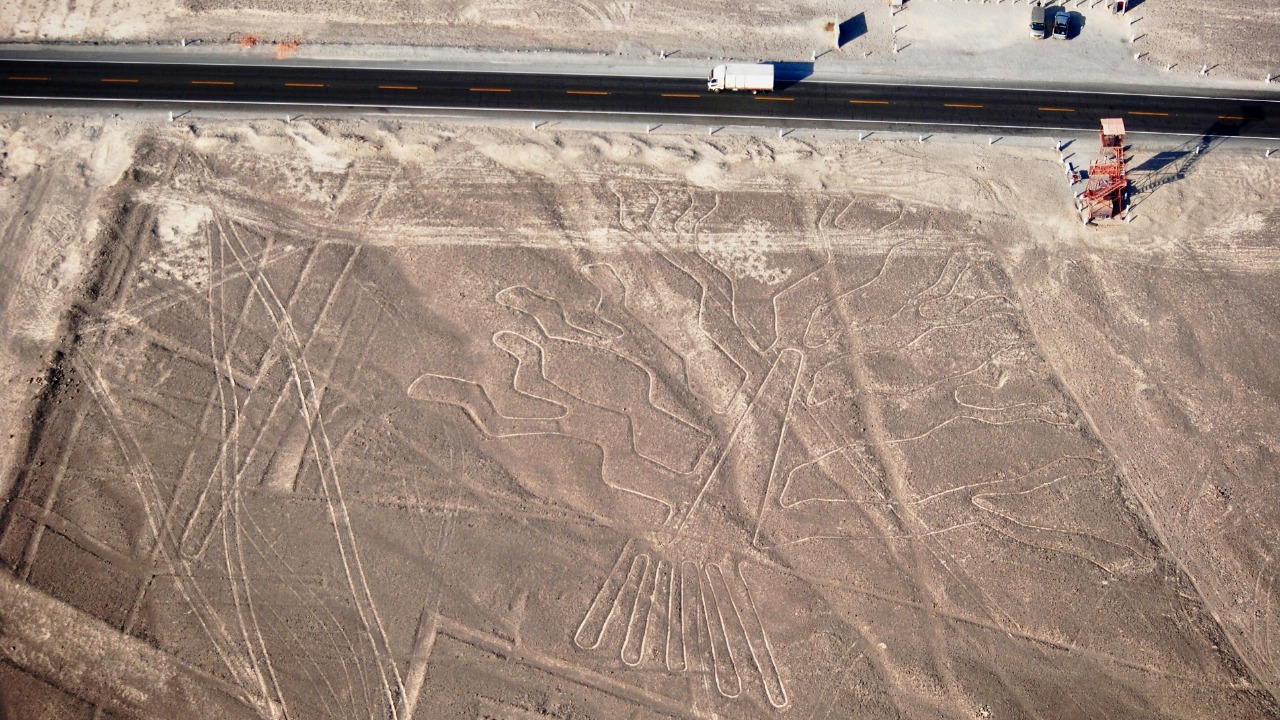
One of the most intriguing discoveries made recently is the mysterious dolphin figure in the Peru desert. This archaeological site, with its unique dolphin figure, offers a fascinating glimpse into the civilization that created it. The dolphin, a creature of the sea, found in the middle of a desert, raises intriguing questions about the civilization’s knowledge of marine life and their relationship with the sea.
The importance of this dolphin figure cannot be overstated. It provides valuable insights into the civilization’s artistic capabilities, their beliefs, and their understanding of the world around them. The dolphin figure, therefore, is not just an artistic representation but a window into a long-lost culture.
The Ancient Civilizations Hidden Beneath the World’s Largest Deserts

Deserts, often perceived as barren and lifeless, are proving to be treasure troves of archaeological discoveries. Beneath the sands of the Sahara, the world’s largest desert, researchers have discovered a 5,000-year-old civilization. This discovery challenges the notion that deserts have always been inhospitable and devoid of life.
The evidence unearthed so far suggests that these ancient desert dwellers had a sophisticated culture. They had developed advanced techniques for survival in harsh desert conditions and had a rich artistic and spiritual life. These findings are reshaping our understanding of desert civilizations and their contribution to human history.
Challenges and Complications in Desert Archaeology
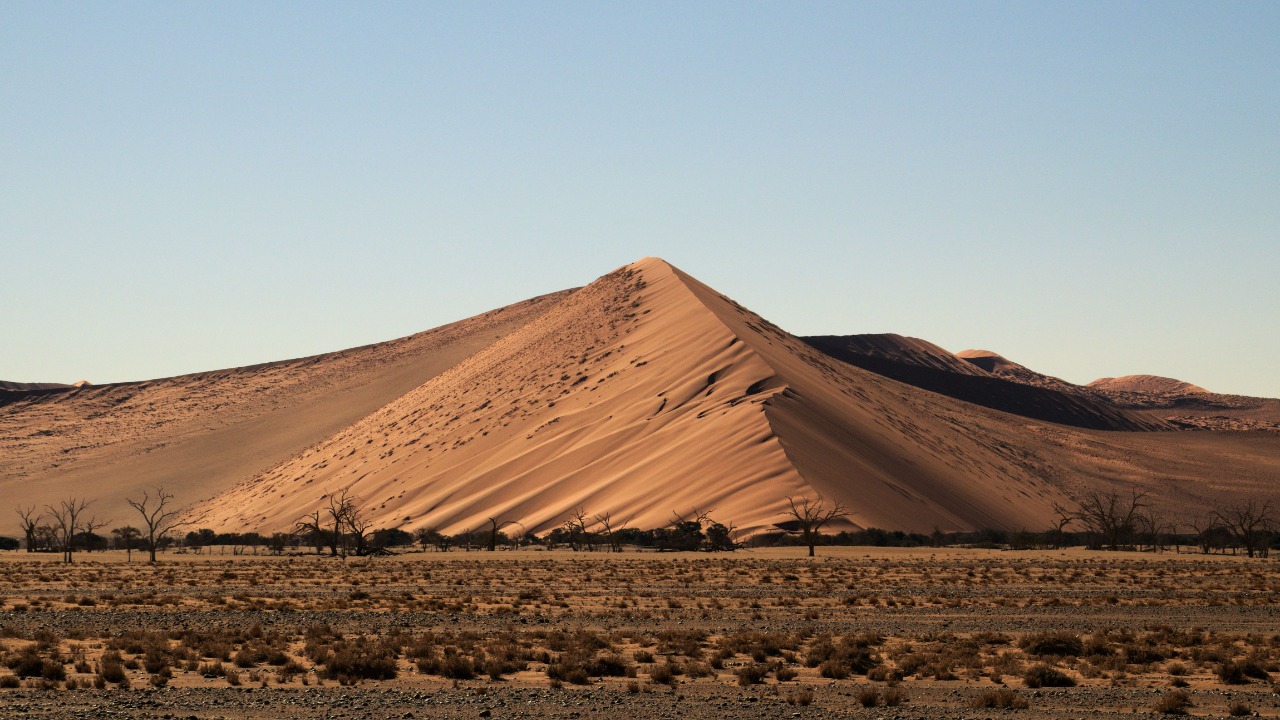
Despite the exciting discoveries, archaeology in desert environments is fraught with challenges. The harsh climate, shifting sands, and lack of water make excavation difficult. Furthermore, the delicate nature of the artifacts, often preserved by the dry desert air, requires careful handling to prevent damage.
Desertification and climate change pose additional challenges. As deserts expand due to climate change, more archaeological sites are at risk of being buried under sand dunes. This makes the race against time even more critical for archaeologists. The discovery of a 500-year-old Portuguese shipwreck in the Namib Desert is a stark reminder of the transient nature of these sites and the urgency of archaeological work.
The Impact of These Discoveries on Our Understanding of History
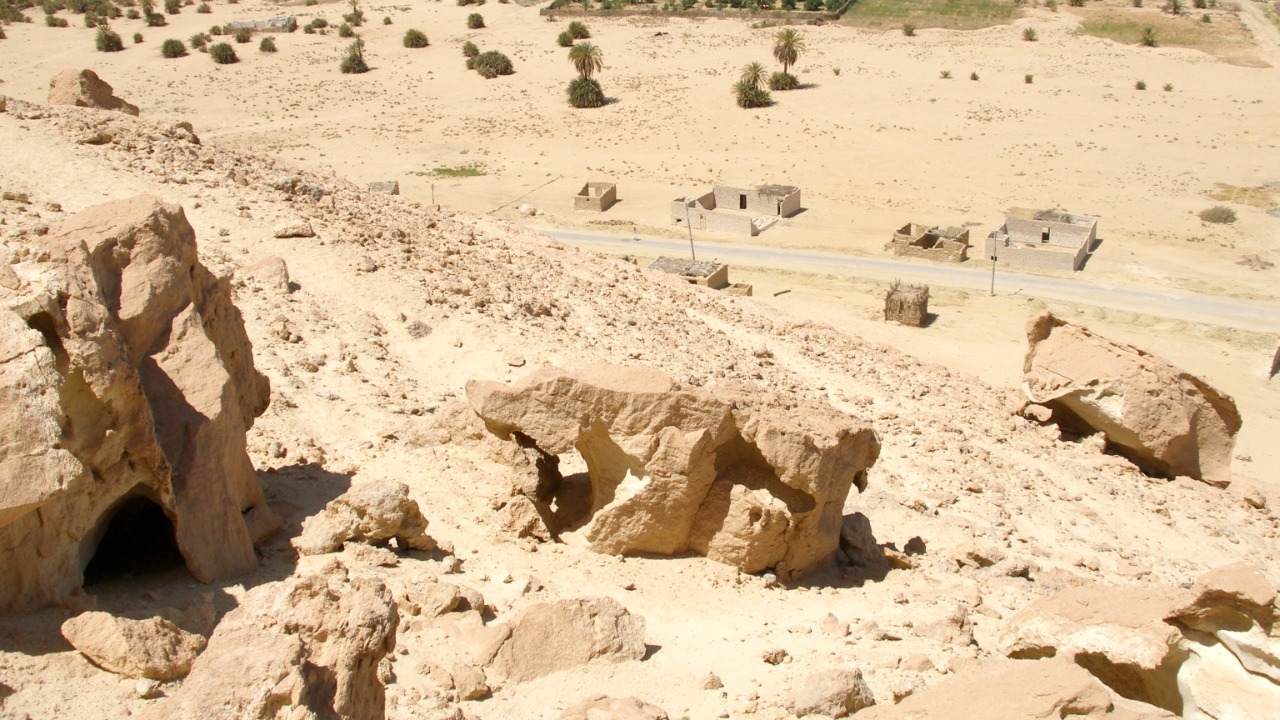
The discoveries of ancient civilizations beneath desert sands are reshaping our understanding of history. They provide new insights into the lives, cultures, and knowledge of our ancestors. For instance, the discovery of a 5,000-year-old civilization beneath the Sahara desert challenges the notion that advanced civilizations only emerged in fertile river valleys.
These findings are not just rewriting history books; they are also challenging our perceptions of ancient civilizations. They remind us that our ancestors were not just primitive tribes but sophisticated societies with a deep understanding of their environment. These discoveries, therefore, are not just about the past, but also about our present and future, as they challenge us to learn from our ancestors’ wisdom and adaptability.